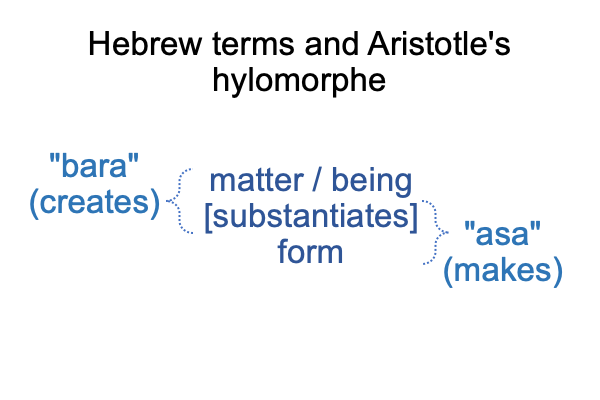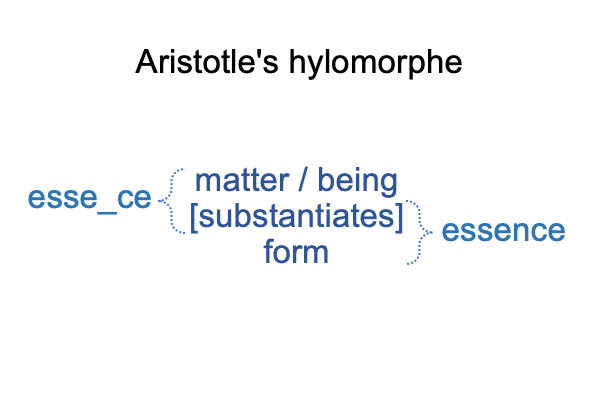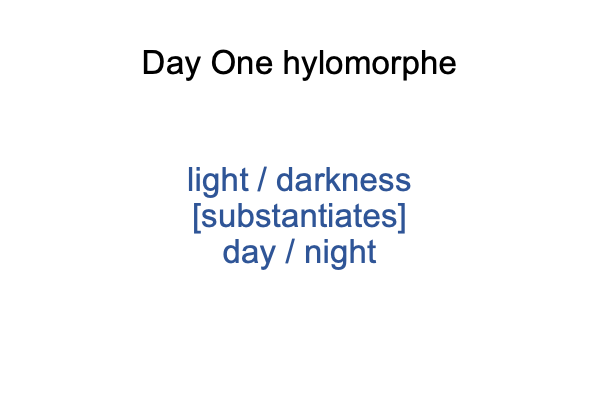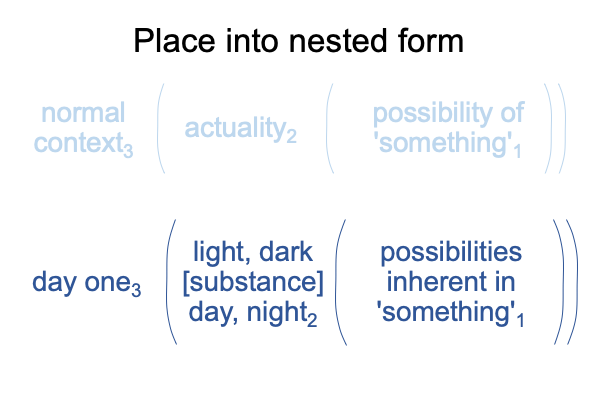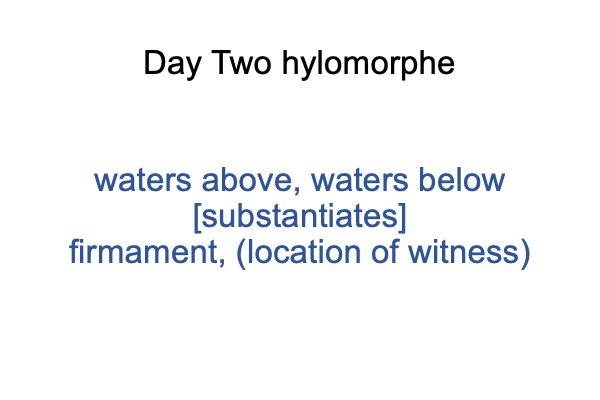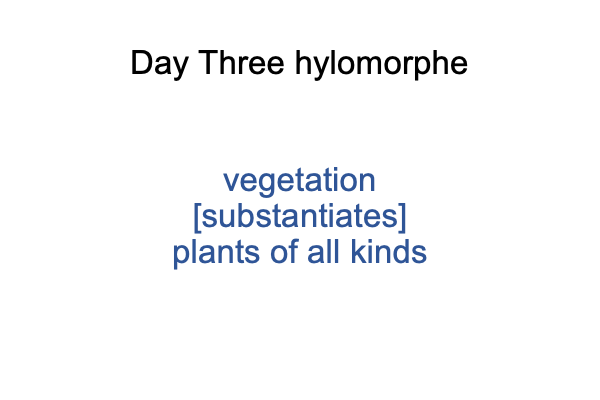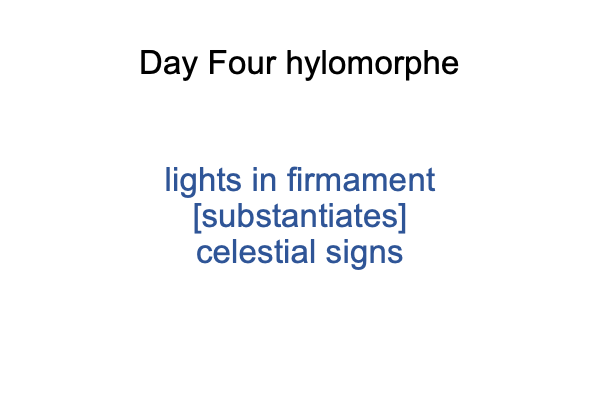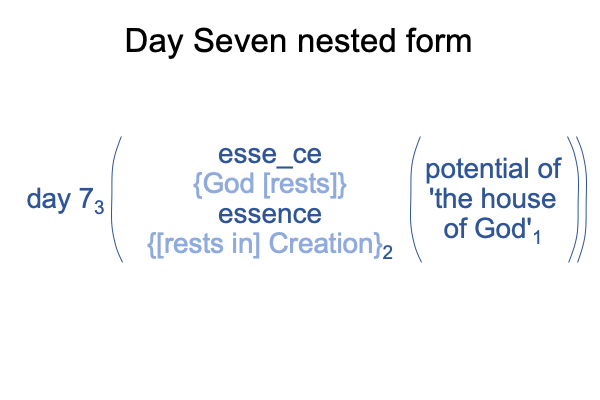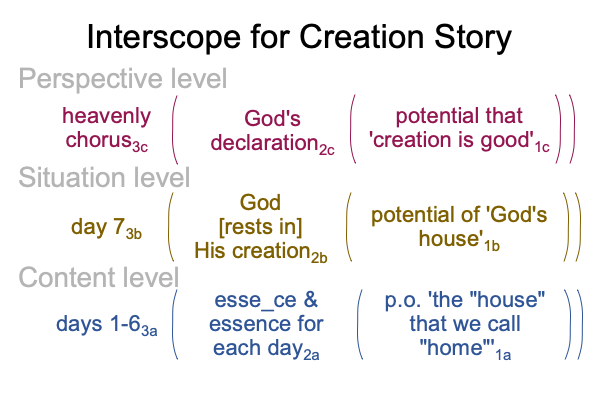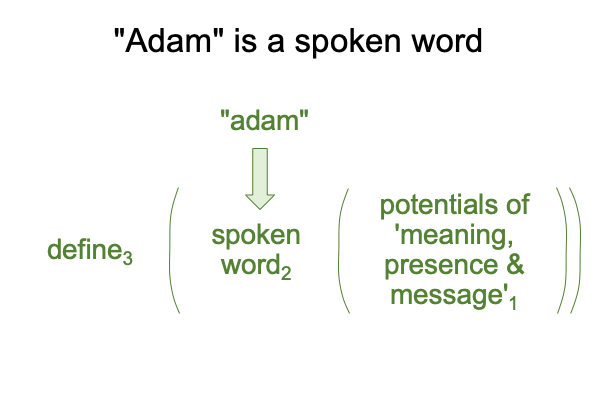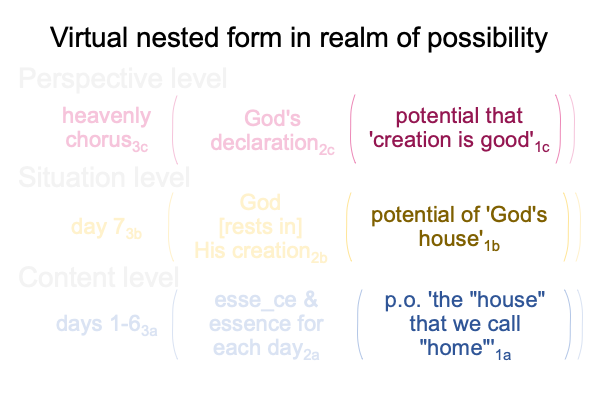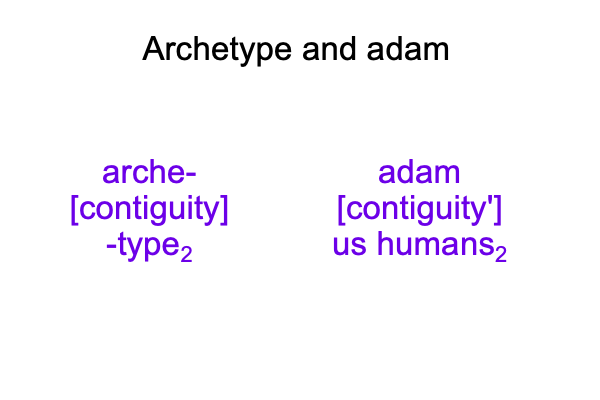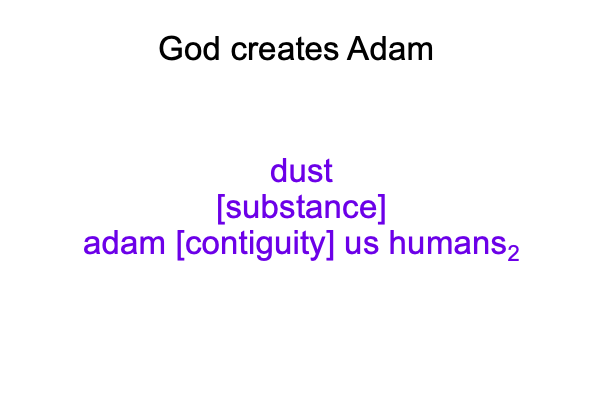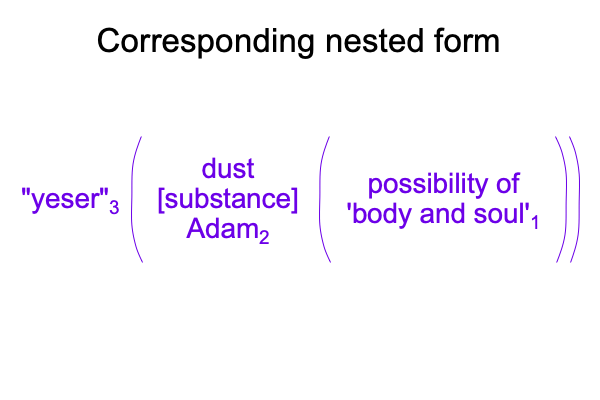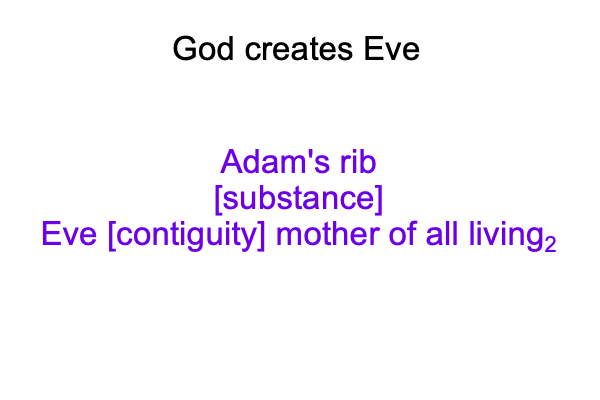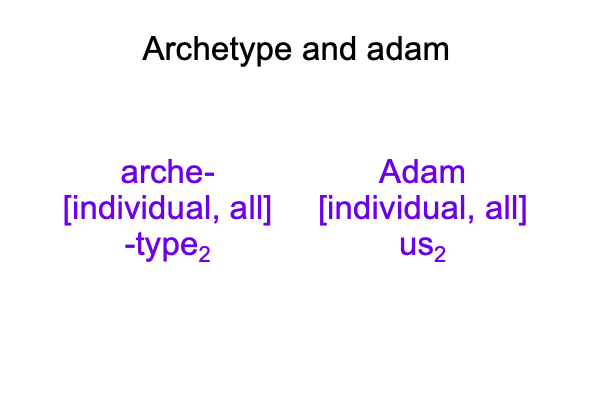Looking at John Walton’s Book (2015) “The Lost World of Adam and Eve” (Part 1 of 22)
0001 In this series of blogs, I examine John H. Walton’s book, The Lost World of Adam and Eve: Genesis 2-3 and the Human Origins Debate, published in 2015 by Intervarsity Press. John Walton is a Professor of the Old Testament and has published other commentaries.
0002 I examine this book from the point of views of (A) natural philosophy and (B) the hypothesis of the first singularity.
0003 From the first point of view (A), what Walton calls, “archetypal”, may also be construed as “noumenal”, as opposed to “phenomenal”. According to Comments on Jacques Maritain’s Book (1935) Natural Philosophy, modern science construes each thing as a noumenon and its phenomena. A noumenon is the thing itself. Phenomena are its observable and measurable facets. Science models phenomena. Science cannot address the noumenon, the thing itself.
0004 So, how we recognize noumena, things themselves?
Noumena are the subject of philosophical inquiry. Aristotle’s hylomorphe is the first step in philosophical inquiry. We perceive the thing itself, directly, as a dyadic relation containing two contiguous real elements. Aristotle calls the two real elements, matter and form.
What about the contiguity?
The contiguity will be placed in brackets.
I will use another one of Aristotle’s terms for the contiguity. The term has been the subject of a lot of wooly thinking. So, the choice is rich, in more ways than one.
0005 According to Charles Peirce, the category of secondness, the realm of actuality, consists in two contiguous real elements.
According to Aristotle, the hylomorphe is (basically) matter [substantiates] form. The verb, “substantiates”, is the same as the noun, “substance”.
Here is a picture.

0006 Human recognition of hylomorphes is immediate and intuitively natural.
Why?
We evolved to recognize noumena, things themselves.
This is how the ancient world thinks. Greek philosophers ask, “Why are there things instead of nothing?” The answer ends up with Aristotle’s proposal. The hylomorphe is the portal to natural philosophy. Natural philosophy considers things in themselves.
0007 Today, science-lovers fixate on phenomena, such as the observable and measurable aspects of a thing, called “original sin”. Then, they they build models for how Adam could be the direct cause of this thing.
In contrast, Walton argues that the civilizations of the ancient Near East look at this issue from the noumenal side. Adam is contiguous with what is wrong with the world. Paul wrestles with this hylomorphe in his famous letters to the Corinthians and the Romans.

0008 From the second point of view (B), Walton’s propositions appear more and more like a noumenon whose phenomena yield a novel scientific hypothesis. This novel hypothesis is formally proposed in the masterwork, An Archaeology of the Fall, available at smashwords and other e-book venues.
In 2015, John Walton and his collaborator, N.T. Wright, are not aware of this novelty. The hypothesis of the first singularity changes everything.
0009 In the conclusion, Walton states that his book demonstrates that Genesis 1 is concerned with God’s ordering of a grand sacred space with the goal of coming into relation with us. Genesis 2.4 starts with God planting humans within a sacred space, within the grand sacred space, only to find that we bite. We bite into the fruit of the tree of the knowledge of good and evil. Isn’t that smart?
0010 We deceive ourselves.
We introduce chaos into God’s order.
Oh, I meant to say, it is Adam’s fault.
0011 Weirdly, this sounds a lot like all the other origin stories of the ancient Near East, especially the ones recovered by archaeologists from royal libraries that burnt to the ground thousands of years ago. Cuneiform clay tablets fire into brick. The bricks retain their integrity even when buried by detritus. Then, they are excavated by modern archaeologists. Then, archaeologists miraculously find a way to read the script.
0012 Walton has the advantage of these archaeological discoveries. Walton has the advantage of new scholarship on Paul and the Jewish civilization during the Second Temple Period. Yet, he writes in the twilight of the Age of Ideas.
0013 This examination brings his propositions into the dawning Age of Triadic Relations.
Walton sets forth 21 propositions.To these, I attend.

